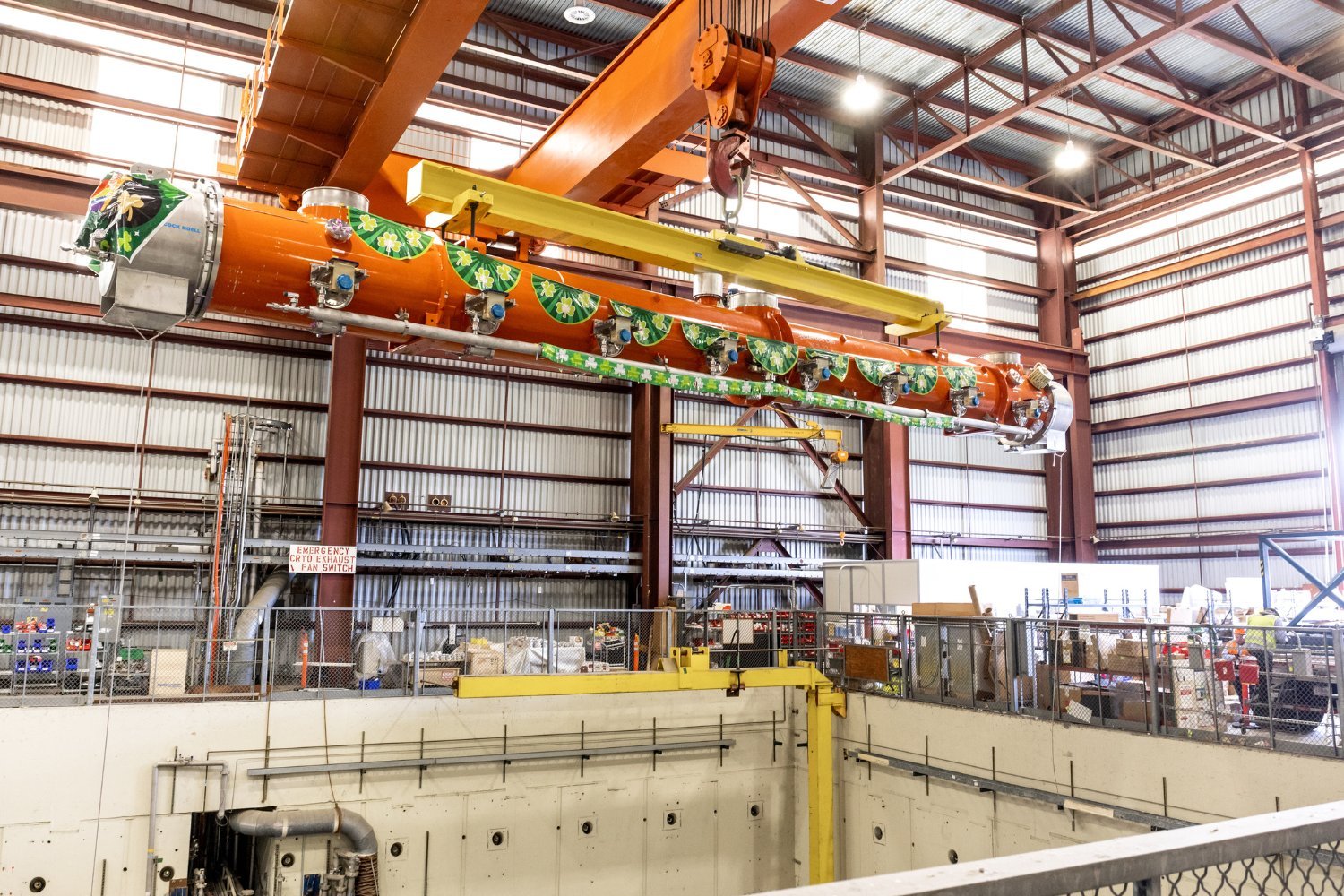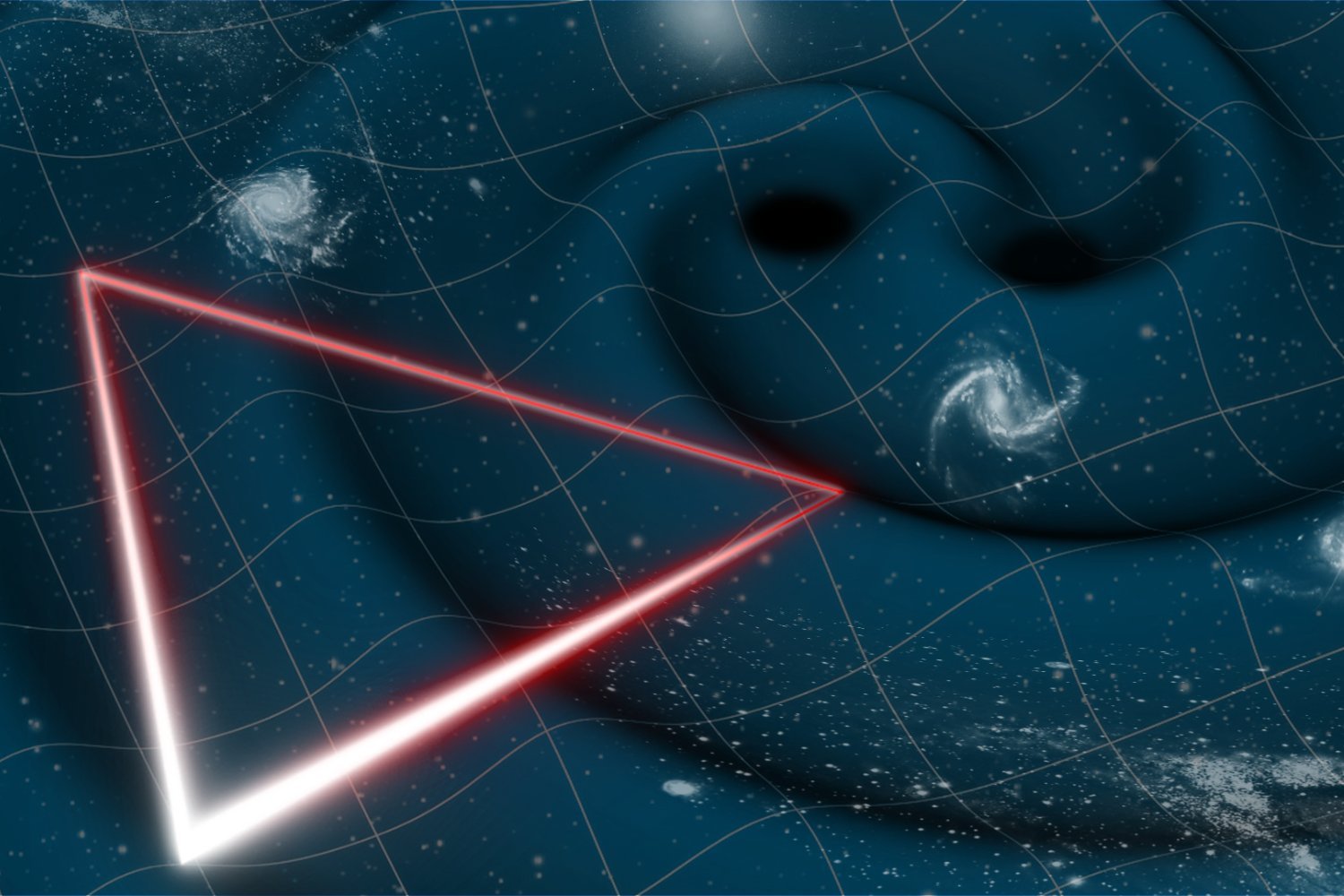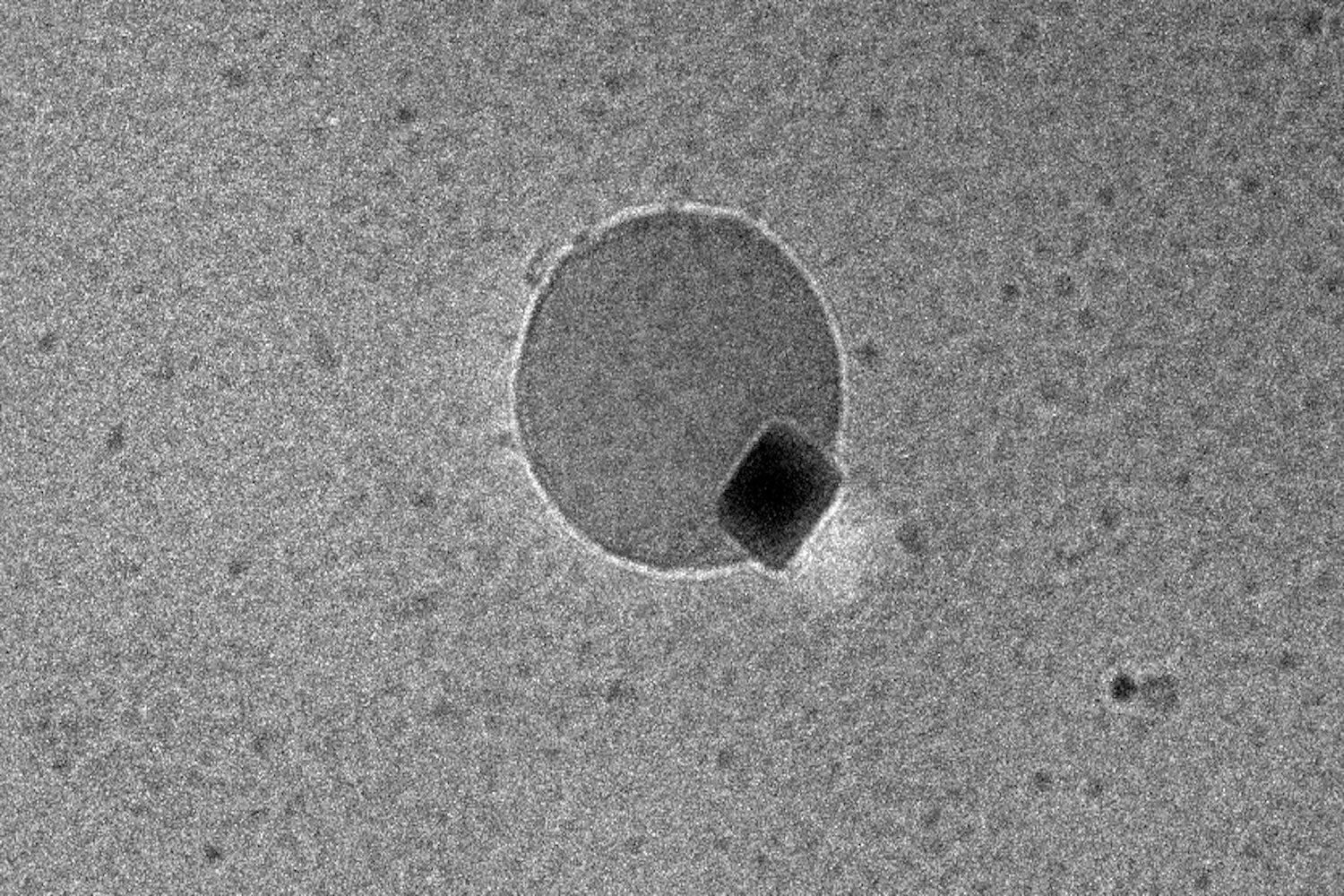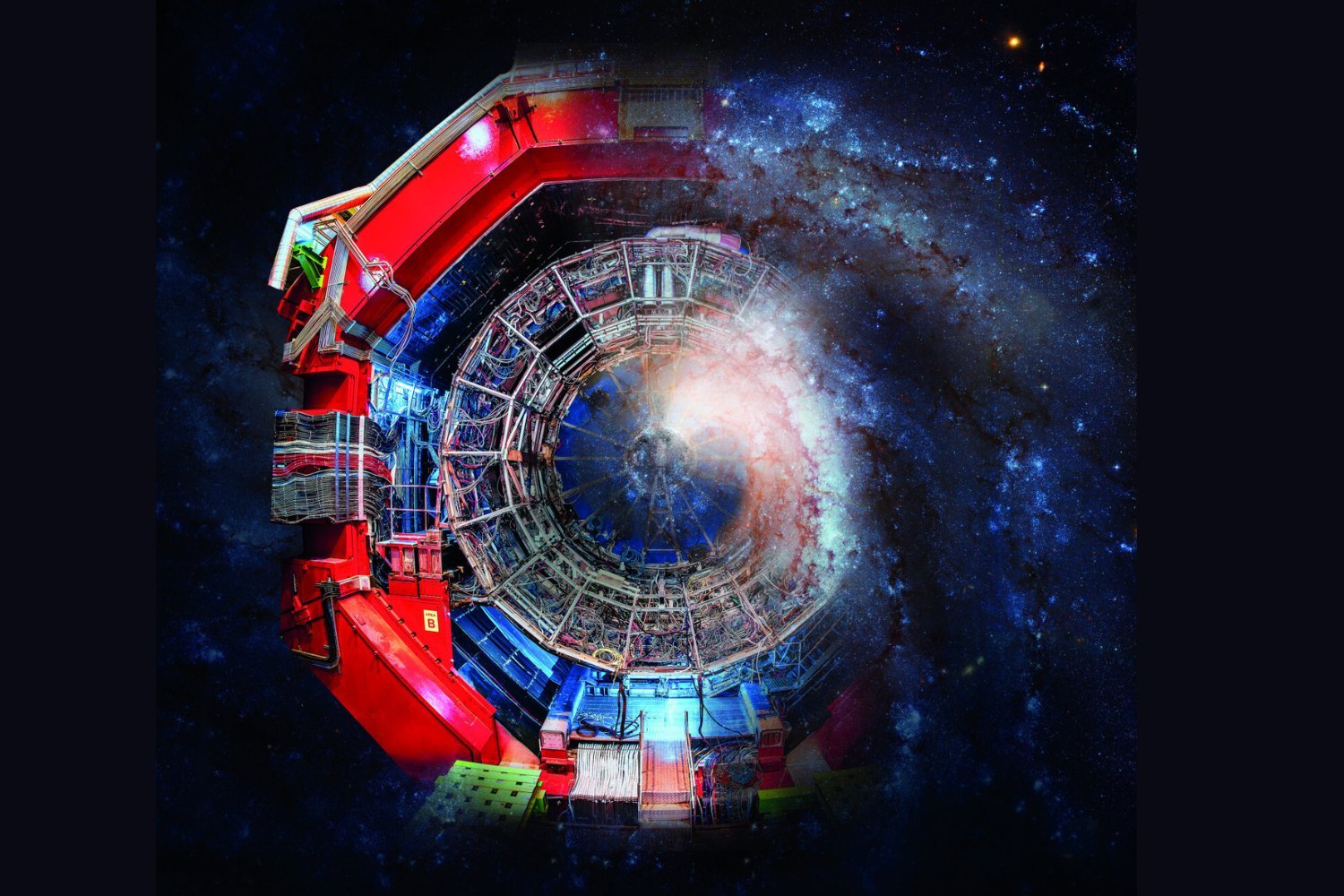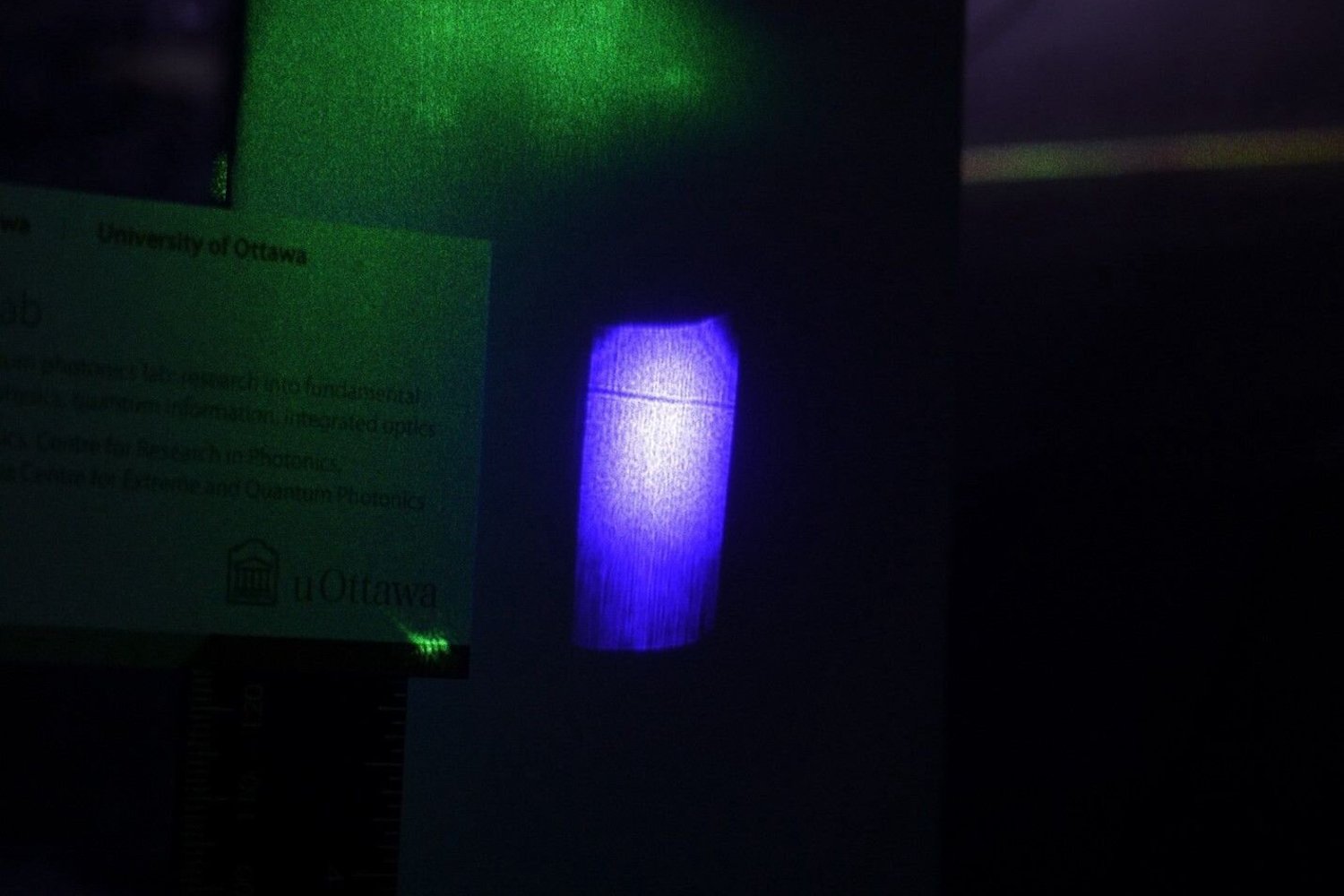The Department of Energy has greenlit a groundbreaking upgrade to the Linac Coherent Light Source (LCLS), the world’s most powerful X-ray free-electron laser, housed at the SLAC National Accelerator Laboratory in Menlo Park, California. This upgrade, dubbed LCLS-II-HE (High Energy), promises to revolutionize our understanding of the world at the atomic level.
LCLS, like other linear accelerators, propels electrons at near-light speed to generate powerful X-rays. These X-rays are then directed at microscopic samples, revealing intricate details of their structure and behavior. Just last year, SLAC achieved “first light” with LCLS-II, boosting the accelerator’s output to an impressive one million X-ray pulses per second, 8,000 times brighter than its predecessor. LCLS-II-HE takes this advancement even further.
Supercharging Science with Cryomodules
The core of the LCLS-II-HE upgrade lies in the installation of specialized cryomodules. Each cryomodule contains eight superconducting cavities through which the electrons travel. “Each cryomodule delivers a burst of microwave energy, accelerating the electrons to even higher speeds,” explains Mike Dunne, LCLS Director. “Every meter of cryomodule adds approximately 24 MeV of energy to the electron beam. Combined, these cryomodules will boost the energy from the current 4 GeV (4,000 MeV) to a remarkable 8 GeV.”
A Collaborative Effort for Atomic Insights
The LCLS-II-HE project represents a significant $716 million investment and a collaborative effort involving several U.S. national laboratories. Fermi National Accelerator Laboratory and Thomas Jefferson National Accelerator Facility are responsible for building and testing the 23 cryomodules required for the upgrade. Lawrence Berkeley National Laboratory and Argonne National Laboratory designed the undulators, devices that cause the electrons to wobble and produce the X-rays. Michigan State University’s Facility for Rare Isotope Beams also played a key role in this substantial undertaking.
With roughly 95% of the cryomodule cavities already fabricated and 10 cryomodules delivered to SLAC, the project is well underway. While the DOE recently granted full approval, the manufacturing and delivery of LCLS-II-HE components were previously authorized.
Unveiling the Microscopic Universe
The potential scientific advancements facilitated by LCLS-II-HE, expected to be completed by 2030 with experiments commencing as early as 2027, are vast. The high-energy X-rays will enable scientists to capture high-resolution “movies” of molecular reactions, unraveling the mysteries of photosynthesis, phase transitions in metals, and countless other phenomena. Proposed experiments span a diverse range of fields, including materials science, chemistry, quantum science, astrophysics, fusion, and biosciences.
From the energy grid to our understanding of the cosmos, from advanced computing to the internet, LCLS-II-HE promises to impact nearly every aspect of modern life.
Managing a Deluge of Data
The upgrade will also leverage machine learning and artificial intelligence to optimize the accelerator’s performance and analyze the massive amounts of data generated. The data output will surge from 2 gigabytes per second to over 1,000 gigabytes per second – the equivalent of processing a thousand movies per second, requiring sophisticated data analysis techniques. “We’re developing intelligent data systems to extract key information and compress the data efficiently,” Dunne explains. With over a petabyte of data generated daily, advanced computational methods are essential to manage this information effectively.
The Future is Bright
While the full realization of LCLS-II-HE is still a few years away, the enhanced X-ray capabilities will be available sooner. This groundbreaking upgrade promises a transformative leap in our ability to explore and understand the universe at its most fundamental level.



